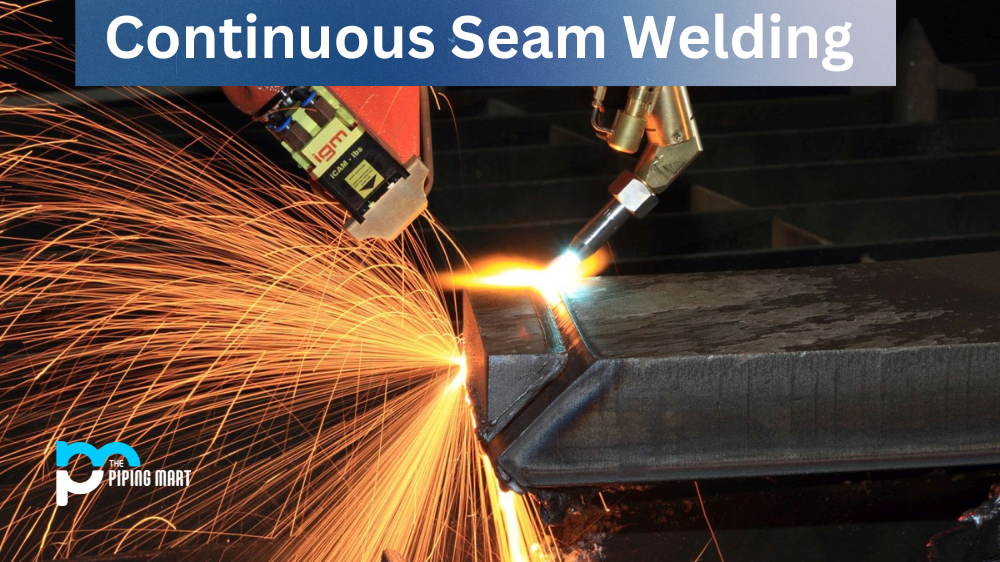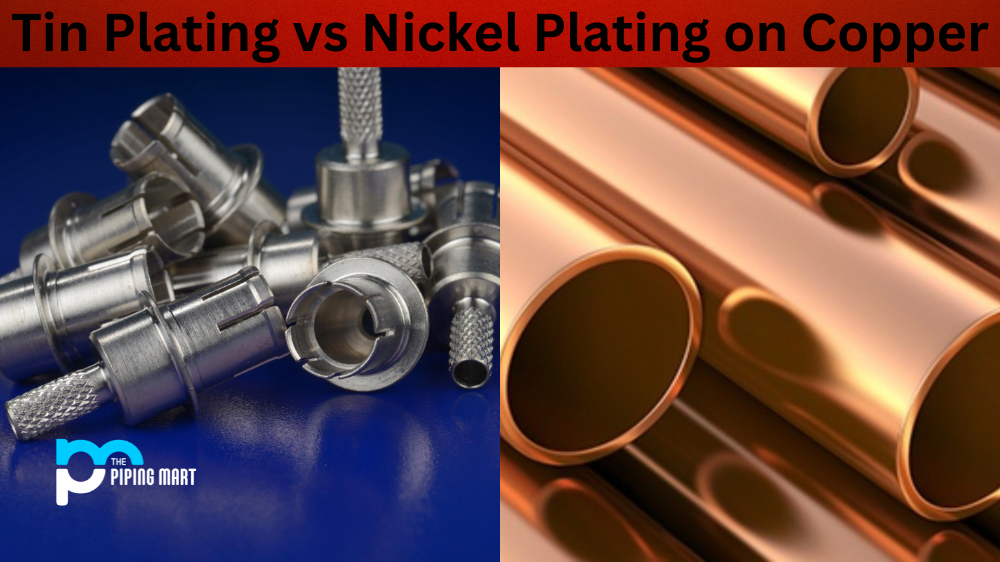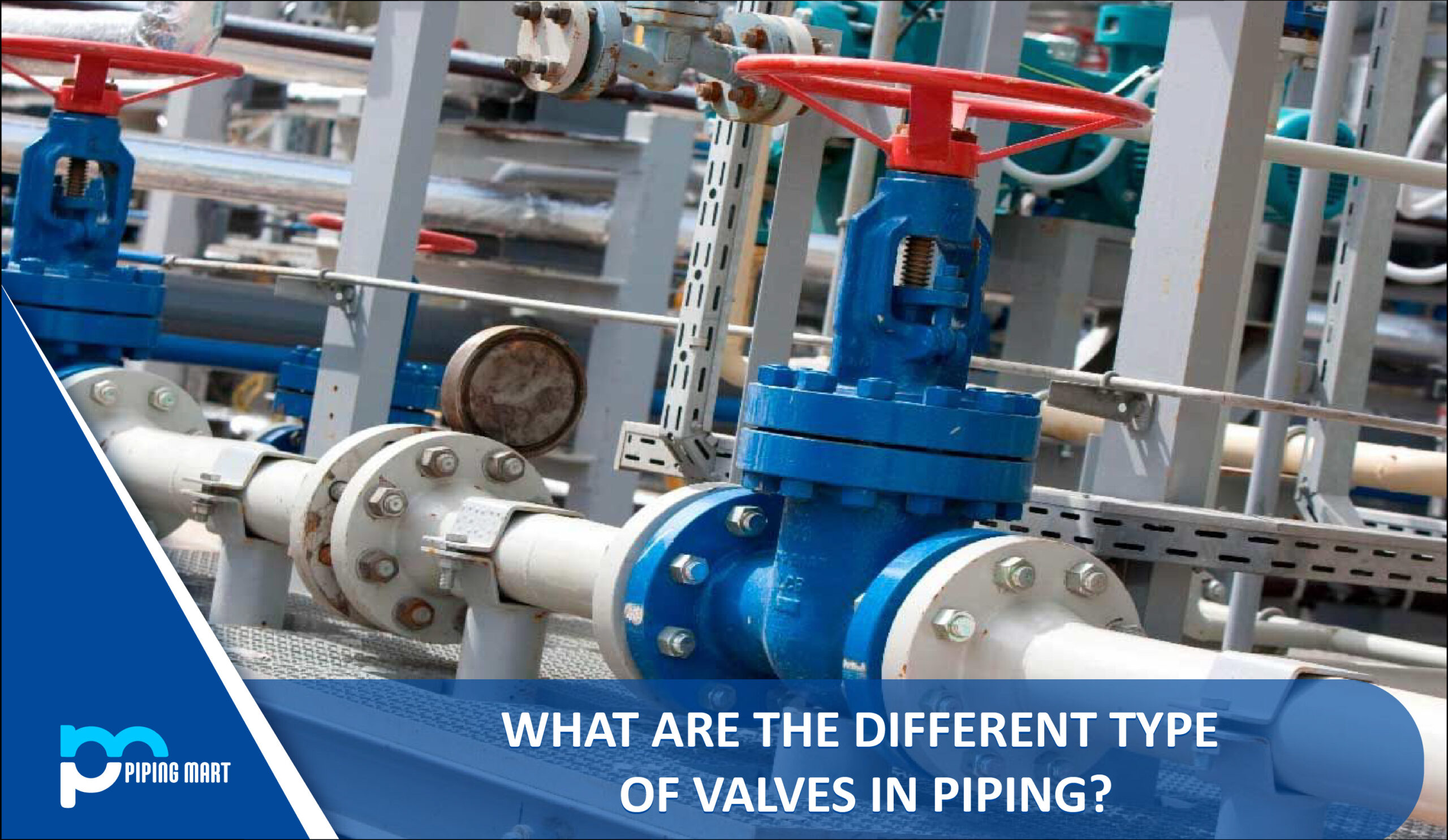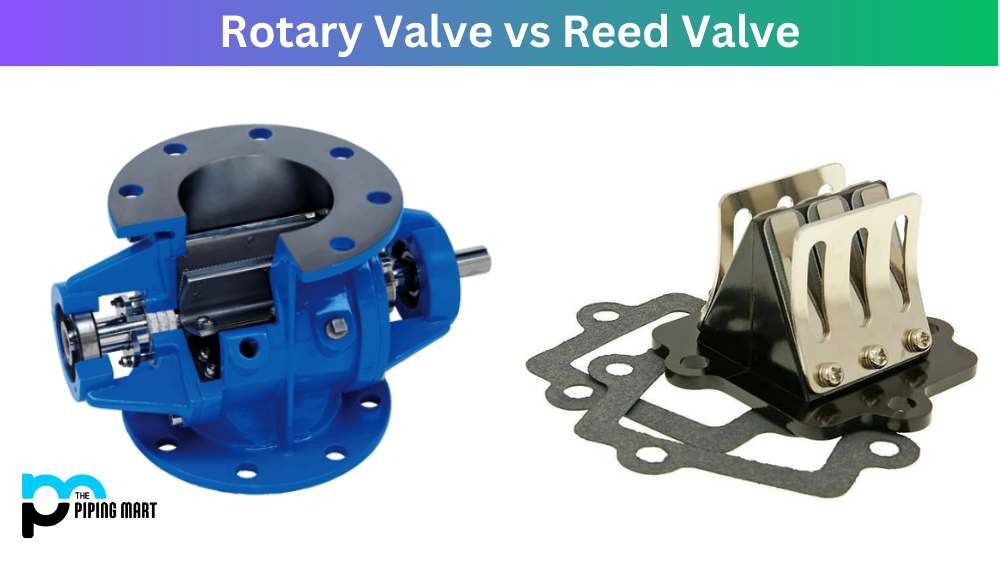Continuous seam welding is a process used to create strong, reliable welds between two metals. It’s a popular choice for many businesses that need to join two sheets of metal together, as it can produce more uniform results than other welding techniques. However, there are both advantages and disadvantages to this type of welding that you should be aware of before making a decision on which welding process is right for you. Let’s explore the different pros and cons of continuous seam welding.
Advantages of Continuous Seam Welding
One of the main advantages of continuous seam welding is its speed. This type of welding can be much faster than other methods since it requires fewer passes over the same area. This means that the job gets done quicker and with less effort, saving time and money in the long run. Additionally, since no filler material is required for this type of weld, there is less waste produced during the process.
Continuous seam welding also produces stronger welds compared to other options like spot or butt joint welds since it provides a large amount of surface contact between the two pieces being joined together. This means that your final product will be more durable and reliable than if you had used another form of welding method. Finally, this type of weld can often be done with minimal preparation work on either side, meaning you don’t have to spend extra time prepping before starting the job.
Stronger Joints
One of the primary advantages of continuous seam welding is that it results in stronger joints than other methods of welding. This is due to the fact that the weld is made along the entire length of the joint, rather than just at specific points. This makes the joint much less likely to fail under stress.
More Aesthetically Pleasing
Another advantage of continuous seam welding is that it produces a more aesthetically pleasing finish. This is because there are no visible seams or joints, which can be unsightly. Continuous seam welding also has the added benefit of being more resistant to corrosion than other methods of welding.
Increased Productivity
Continuous seam welding also has the advantage of being a very fast and efficient method of welding. This means that it can be used to weld large products, such as pipes or tanks, in a shorter amount of time than other methods. Additionally, continuous seam welding can be used to weld multiple pieces of metal together at once, which further increases productivity.
Reduced Costs
The increased productivity and efficiency of continuous seam welding can also lead to reduced costs. This is because less time is required to weld a product, which reduces labor costs. Additionally, fewer materials are required when using continuous seam welding, as there are no gaps or joints that need to be filled. This can further reduce costs by reducing the amount of waste produced during manufacturing.
Increased Safety
Continuous seam welding also has the advantage of being a very safe method of welding. This is because it does not produce any sparks or heat, which can be dangerous. Additionally, continuous seam welding produces a strong joint that is less likely to fail under stress, which can help to prevent accidents.
Disadvantages Of Continuous Seam Welding
While there are plenty of advantages to using continuous seam welding, there are also some potential drawbacks that should be considered when deciding if it’s right for your project. One downside is that this type of weld often requires specialized equipment, which can be expensive to purchase or rent out for short-term projects. Additionally, due to its nature as a continuous weld, it can sometimes be difficult to find flaws in the finished product without taking apart the entire joint afterward—which can add extra time and money to the job itself. Finally, this type of weld may not always be suitable for all types of applications due to its high heat requirements; certain materials may not hold up well under these conditions, so alternative methods should also be considered where applicable.
High Initial Cost
One of the primary disadvantages of continuous seam welding is the high initial cost. Continuous seam welding machines are typically very expensive, which can make it difficult for small businesses to afford them. Additionally, the cost of training employees to use the machines can also be quite high.
Requires Specialized Training
Another disadvantage of continuous seam welding is that it requires specialized training. Because the process is so complex, it is often necessary to hire outside consultants or train existing employees in order to properly operate the machines. This can add high costs to a business.
Limited Applications
Continuous seam welding is also limited in terms of its applications. The process can only be used on certain types of materials, and it is not well-suited for projects that require a great deal of flexibility. This can limit its usefulness for some businesses.
High Energy Costs
Another downside to continuous seam welding is that it requires a great deal of energy in order to operate properly. This can lead to high electricity bills for businesses that use the machines on a regular basis. Additionally, it can also lead to environmental concerns as the process emits a large number of greenhouse gases into the atmosphere.
Conclusion:
Overall, continuous seam welding offers many benefits, including speed, strength, and minimal preparation work needed before beginning a job; however, there are some potential drawbacks, such as high costs associated with specialized equipment and difficulty finding flaws in the finished product that must be taken into account when deciding if this form of welding is right for you or your business needs. With knowledge about both advantages and disadvantages at hand, anyone looking into utilizing this type of process will have all they need to make an informed decision on whether or not continuous seam welding will work best for them!

A passionate metal industry expert and blogger. With over 5 years of experience in the field, Palak brings a wealth of knowledge and insight to her writing. Whether discussing the latest trends in the metal industry or sharing tips, she is dedicated to helping others succeed in the metal industry.




